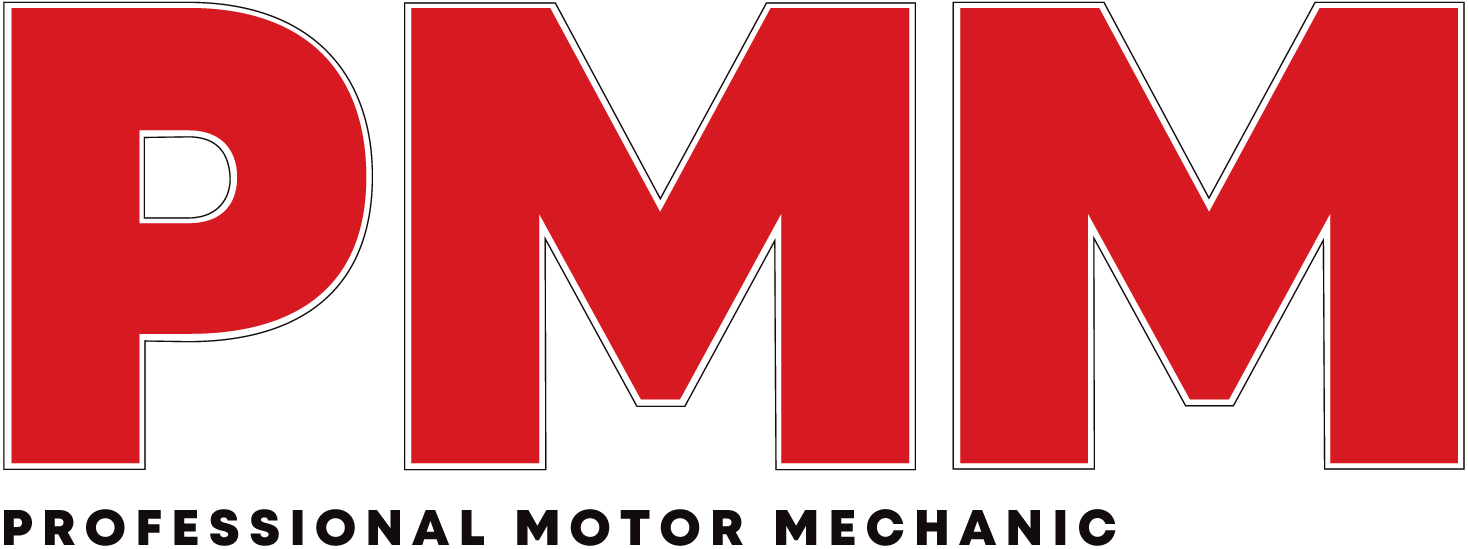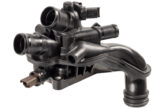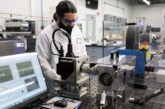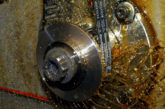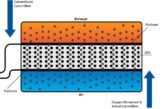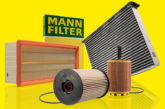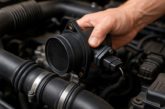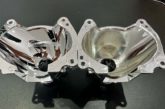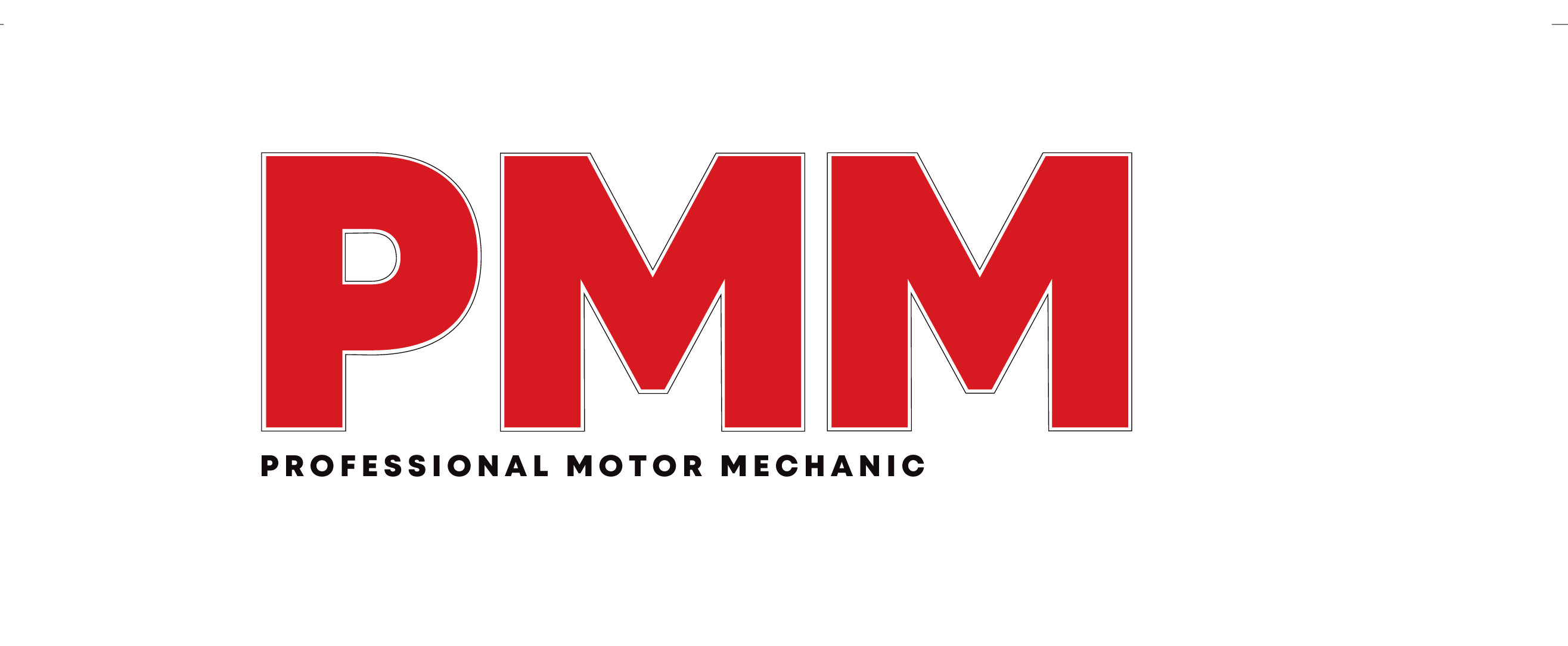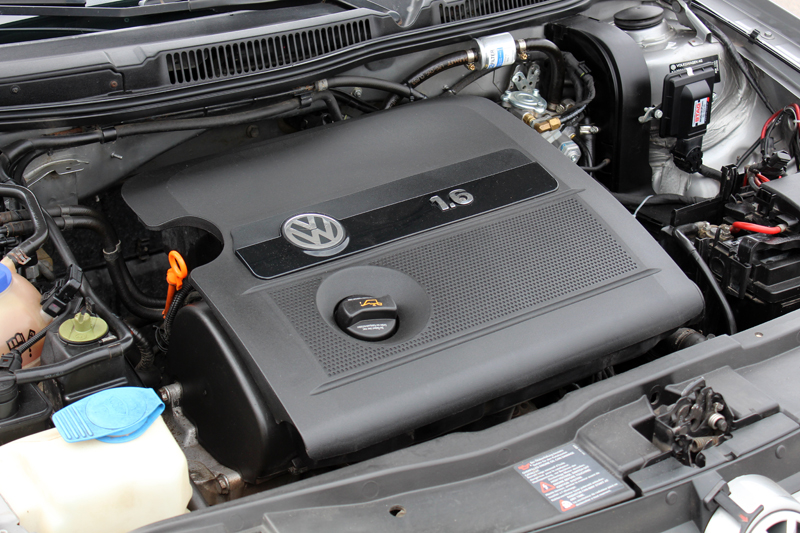
Although some might question the validity of the belt-in-oil concept, several VMs, including Ford, PSA and VAG, have embraced the technology, but why? Here, Dayco explains how it developed the oil pump belt in the 1.6 litre TDI engine used in millions of VAG vehicles.
With emissions reduction and weight saving as key goals in vehicle manufacturing, vehicle manufacturers’ attention turned to the oil pump, which has historically been chain driven. The aim was to retain the same layout with fixed centre distances, delivering the same function, but without using a tensioner.
The new solution had to meet several key requirements:
- No redesign of the drive
- No change to the assembly line
- Maintain or improve performance
- Meet lifetime targets
- Offer a cost advantage
Using the original chain layout and surrounding geometry, the belt system was developed to match. The driver pulley was a sintered part, press fitted onto the crankshaft without flanges. The driven pulley, also sintered, was fitted to the pump shaft with two flanges. The system worked without a tensioner, reducing complexity and potential points of failure.
Before the design could be approved, Dayco carried out feasibility studies on both the layout and the belt.
The layout: The oil pump is secured to the lower engine block by screws and located with reference bushings. Axial tolerances on both the camshaft and oil pump were analysed. A belt width of 9.4mm was chosen, and parts were manufactured to test extreme tolerances through fitting and validation. Radial tolerances were then assessed, and a nominal belt length was defined.
The belt: Conventional timing belts are designed to operate in dry conditions. For belt-in-oil (BIO)applications, the belt had to function in a chemically aggressive environment throughout the engine’s entire service life and across various global climates. This demanded a new material strategy.
Experience from sealing components cannot be transferred, as belts are exposed to dynamic mechanical stress. The development phase involved extensive variables, including more than 100 different engine oils diluted with fuel, water, acids and cleaning fluids, at varying temperatures and levels of ageing.
Accurately defining real world conditions was essential. With the support of oil manufacturers and VMs, Dayco created a test matrix that included even extreme cases, such as acidified oil capable of corroding the sump.
To validate performance, Dayco developed a focused testing procedure to simulate contamination and evaluate key belt parameters. Samples were soaked in oil and fuel to track degradation. Time and temperature of exposure produced a damage factor for each tested parameter.
Controlled measurements included:
- Elongation, tensile strength and modulus
- Dimensional variation/delta weight
- Adhesion, cord pull out and hardness
- Tooth stiffness under static and dynamic loads
Using these metrics, engineers could calculate the number of hours equivalent to full service life. To accelerate testing, oil temperatures were raised. For example, 800 hours at 140°C was found to represent a worst-case ageing cycle.
The test programme
In addition to passing the standard VM validation process, Dayco created bespoke tests to assess chemical and mechanical wear. These included:
- Running engines to generate expected fuel contamination
- Engine cycles to reach peak oil temperatures
- Rig testing with artificially acidified aged oils up to 150°C
- Simulations of coolant or cleaning fluid ingress
Chain versus belt
Switching from a chain to a belt reduced the power required to drive the oil pump, particularly at lower oil temperatures. Testing and modelling confirmed this was mainly due to reduced internal friction and the removal of sliding tensioning components, providing improved engine performance and reduced emissions.
This early development of BIO technology enabled Dayco to expand the solution to other engine platforms and demonstrate it as a cost effective alternative to chain drives.
Working closely with VMs and oil suppliers helped define realistic operating conditions, where chemical exposure was added to existing thermal and mechanical stresses. The result was a system that offered lower friction, improved acoustics and reduced weight.
Workshops repairing BIO equipped vehicles must ensure technicians are aware of the potential challenges, know what to look for, and are trained correctly. That investment in training can generate a reliable revenue stream and ensure long term customer confidence.
